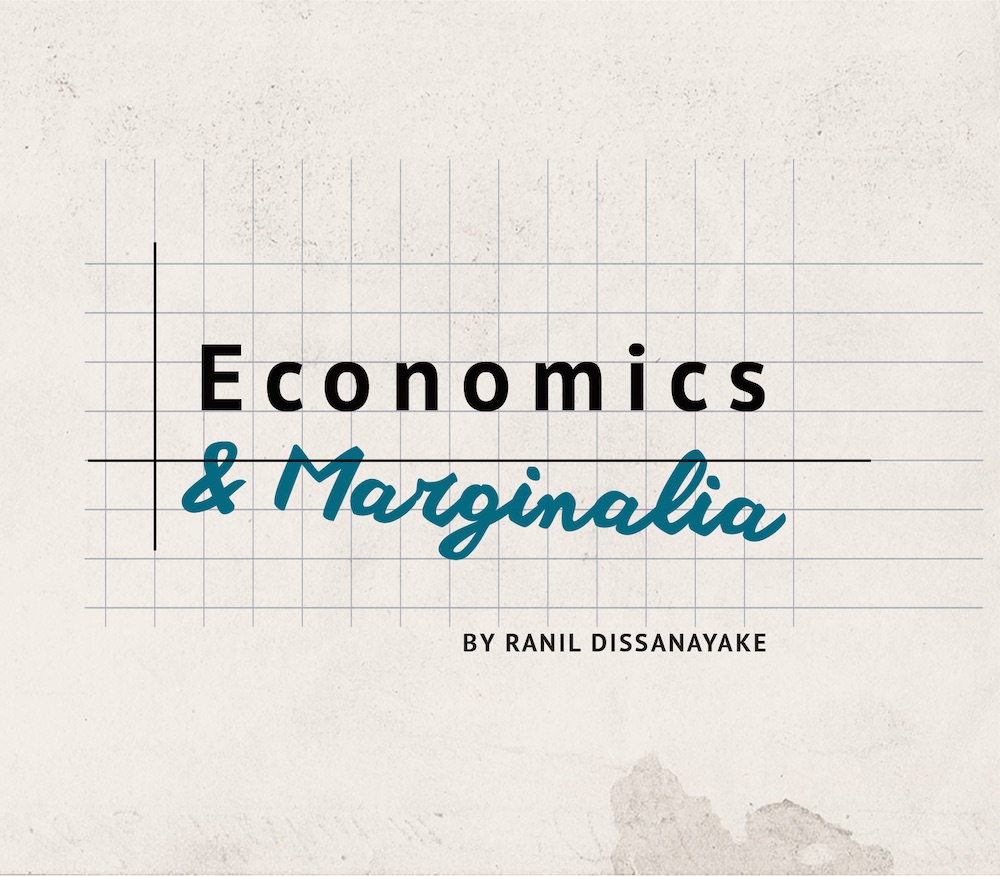Hi all,
It feels fitting that the last links of the year (for such is this salvo of egregious geekery) should start with the crushing disappointment that the English test cricket team so reliably brings (rivalled only in its consistent mediocrity by the English political establishment, currently nursing very tender nether-regions from the kicking it took in North Shropshire, even if their assessment of the situation is essentially a slightly amended version of the Scooby-Doo villain’s refrain: “I’d have gotten away with it if it weren’t for that pesky media!”). I correctly anticipated an English collapse last week; this week we’ve just witnessed the inverse: a fielding performance so charitable to Marnus Labuschagne it’s probably tax-deductible. There’s still time for the collapse, mind, with the first two wickets already down. I won’t mind if 2022 brings much more of this, though, so long as we finally get a handle on this pandemic—an outcome that requires that developed countries note the meaning of the ‘pan’ in pandemic and stop behaving so incredibly selfishly and short-sightedly on vaccines and therapeutics. To save you a year-ending rant of epic proportions, I’ll distract myself with the links.
- I’m not normally one to make new year’s resolutions (well I’m happy to make them for other people, just less so for myself). But next year, I want to take data visualisation much more seriously. I love writing about economics, and think a lot about different ways of explaining the same phenomena, the different metaphors and stories that illustrate how economic mechanisms operate. But it’s only relatively recently I’ve taken my approach to plotting data anything like as seriously. Two links from Jessica Hullman relate: first, an appreciation post for Lee Wilkinson, who recently died. Lee is best known for creating the Grammar of Graphics; if you’re an R user, that phrase should ring a bell: it’s what the gg in ggplot refers to. And secondly, a new paper by Hullman and co-authors details what we know about how people respond to visualisations and data representation, and how it can illuminate or obscure the points we wish to make. Highly recommended.
- Just as visualisation can be revealing or confusing, so too can aggregation. GDP has taken so many beatings down the years for what it doesn’t do that it’s a wonder that it still limps on. Diane Coyle—quite possibly the person best qualified to do so, given her past output—takes a survey of the GDP alternatives now cropping up and suggest that, despite their limitations, the end may be nigh for the much maligned aggregation.
- All data collection is political. What we choose to count is political; how we group things is political; when we count is political. This is inescapable, and easily ignored. 538 conduct a deep dive into how ethnicity is measured in the US census to illustrate these points. As someone who has never felt adequately described in the census, all I can say is ‘bravo’. There are whole communities of existence that are largely ignored in the UK because we simply don’t know how large they are.
- At the close of its brilliant Job Market Paper series, the Development Impact crew take stock of the composition and quality of the submissions they received this year. It was a strange, pandemic-defined year, which has dramatically changed what research has been possible (I say, as I survey the ruins of my original research plan); this was reflected in the type, if not quality, of the JMP series. Equally importantly, the blog includes a number of pointers for better communicating and strengthening research findings, which may be of particular value to young scholars but will likely benefit all.
- Inflation is in the news, and unless you’re talking about balloons, inflation generally sucks. But focusing on money prices, which pretty reliably go up can distract us from some other pretty remarkable changes. Firstly, because the world is so much more productive than it ever has been before, even though the money price of goods has been increasing, the real cost of many has dramatically fallen. How dramatically? Planet Money look at a menu from a Maryland restaurant of 1915 and point out that a dish of fried chicken with bananas and gravy used to cost $2.25—which sounds cheap until you consider that this is $60 in today’s prices; more than double the actual cost of a whole roast chicken in the same restaurant today. Relative prices have also shifted, because we haven’t become equally better at producing everything: back in 1915, lobster cost less to buy than chicken, which… is not the case today (transcript).
- A nice VoxEU summary of how trust in scientists and vaccine uptake are correlated, and what seems to be driving low trust in some countries.
- Lastly, here’s a great big SPOILER WARNING just in case you’re a fan of Sex and the City. I’m not, so I didn’t mind opening this Vulture article about the show—and specifically how Carrie Bradshaw’s lack of knowledge about how much medical science has progressed since the last episode aired almost certainly killed her husband, Mr. Big. Read it, and you might save a life. SPOILERS OVER. And if you didn’t want to read that, here’s a positive piece to end the year on: the heartwarming story of a 104-year-old Indian woman who learnt how to read so as to better understand what was going on in the world beyond her. Maybe for 2022 we can all try emulate her a little bit and do a little bit more to extend our locus of empathy and understanding.
Have a great break, and see you next year, everyone!
R
Disclaimer
CGD blog posts reflect the views of the authors, drawing on prior research and experience in their areas of expertise. CGD is a nonpartisan, independent organization and does not take institutional positions.



